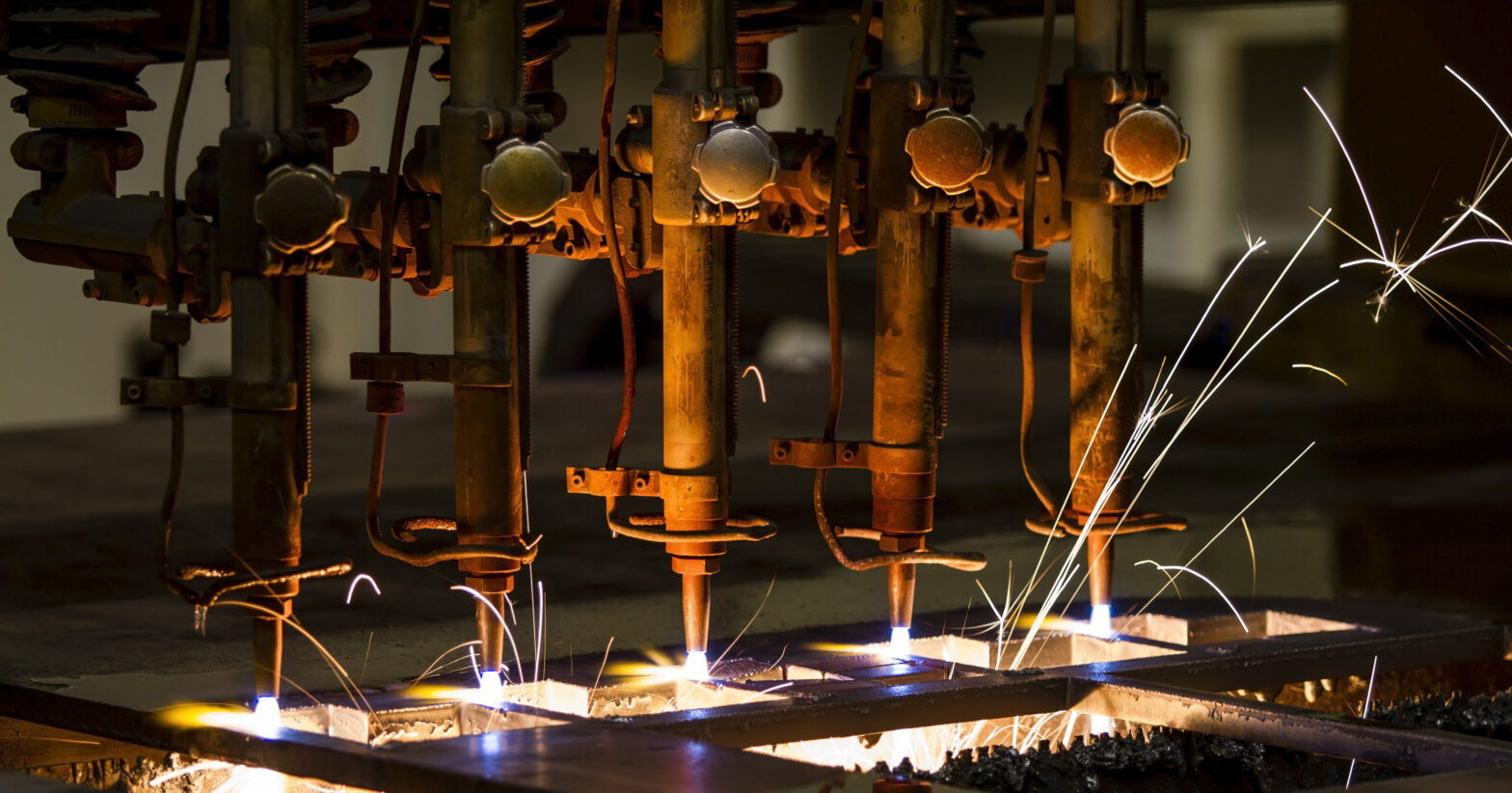In the ‘Fourth Industrial Revolution’ – or ‘Industry 4.0’ as it is commonly known – those businesses that thrive and remain competitive will be those that realise the true potential of technology to power their business forward.
The manufacturing industry is not exempt from this, and new business models must be engineered around enhanced software programming, customer demand and production speed.
>See also: The top three technologies that will drive the Digital Industrial Revolution in manufacturing
The industry is already experiencing a renaissance – fuelled by advancements in innovative technologies – but this approach must now enter the mainstream.
With digital technologies transforming the market, there has never been a better opportunity for businesses to invest in advanced manufacturing processes in which software and hardware converge to create rapid production times and to meet all-important customer demand.
Scale and versatility
Manufacturers have the versatility and mass-scale they need to remain competitive, with advanced techniques such as rapid prototyping at their disposal.
To bring this example to life: new ideas created with CAD software can very quickly become reality through the use of CNC machining, 3D printing and advanced injection moulding. In other words, prototype components can be produced within a matter of days from when the mock-up design was submitted.
3D printing is becoming an increasingly attractive consideration for short production runs.
The economy of scale that is generated from the ability to simultaneously print multiple components is self-evident, as are the notable benefits of being able to produce complex, intricate geometrical shapes that demand greater dimensional tolerances.
From isolated, complex component prototypes to manufacturing a run of simple “widgets”, it does not have to be a large-scale project such as a high-performance aircraft to warrant the use of these technologies.
3D printing technology is particularly useful for products requiring a bespoke and tailored element, such as ergonomically functional grips or medical implants.
The importance of these techniques is only set to increase as customers demand and expect faster quality parts to fuel their business growth.
As the industry continues to grow, adopting fresh techniques and technologies, it is imperative that new skill sets are harnessed and encouraged.
If the new age of digital manufacturing is to succeed, highly skilled workers will be required. The brightest software developers, the smartest programmers and engineers, and the most creative designers will all be needed to power forward the manufacturing revolution.
There has never been a more compelling case for those with STEM (science, technology, engineering and maths) talent to succeed, and to take advantage of the current skill shortage in this area in the UK.
Employers in the manufacturing sector must take the initiative and encourage the next generation of talent to come through the ranks. This will ensure that the industry can digitally connect the dots of a modern factory floor in innovative and pioneering ways.
Realising the resurgence
The Hannover Messe trade fair highlighted the true potential for global manufacturing in the years ahead. The future is certainly bright in the UK in particular, with industry bodies such as the CBI calling on the government to back initiatives aimed at improving R&D investment, skills and infrastructure.
Moreover, the Department for Business, Innovation & Skills recently announced a competition in which UK manufacturers can apply for a share of £15 million of funding for new projects and plans.
>See also: How digital will transform manufacturing
Make no mistake that the rise of digital manufacturing across Europe will help to restore its position as the globally–recognised manufacturing hub. A new generation of manufacturers will be able to bring their ideas to market at speeds never before imagined.
The time is now to fully embrace the latest digital technologies, which can breathe a new lease of life into this booming industry for years to come.
Sourced from Damian Hennessey, director, Proto Labs





